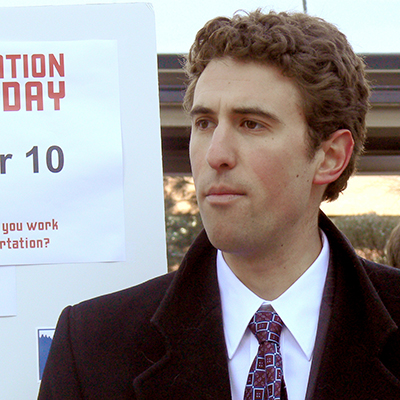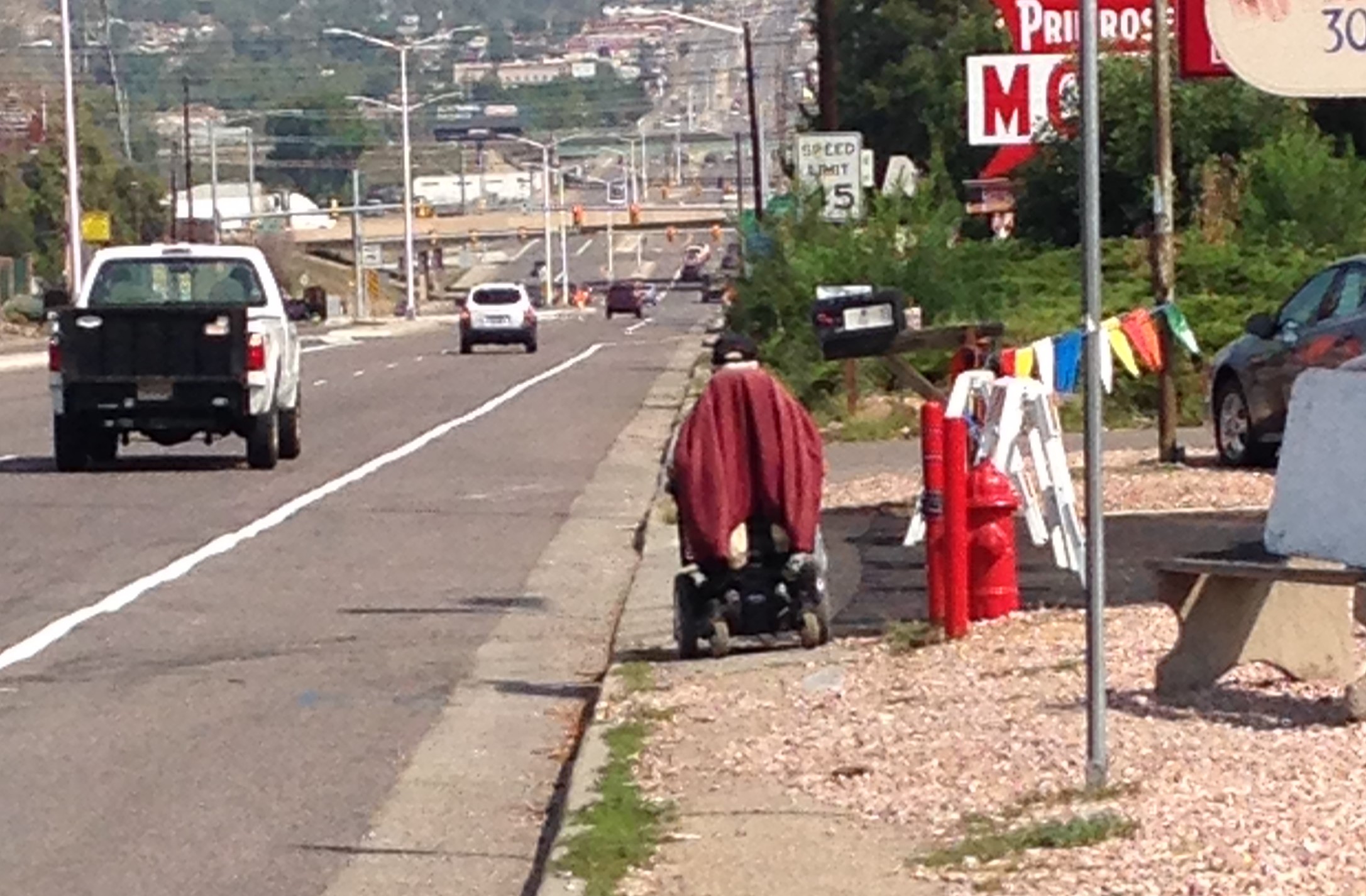
CDOT steps up to improve safety on urban main streets
Five percent of the roads in the City and County of Denver account for fifty percent of the fatalities. These roads are often referred to as the High Injury Network and they are primarily arterials – the larger roads that cut across Denver. Think Federal, Colorado, and Colfax. Last week, CDOT stepped up to focus dollars on safety and multimodal improvements on them.

Five percent of the roads in the City and County of Denver account for fifty percent of the fatalities. These roads are often referred to as the High Injury Network and they are primarily arterials – the larger roads that cut across Denver. Think Federal, Colorado, and Colfax.
Many of these arterials are state highways. They might not look like a highway because tens of thousands of people live along them now. For these residents, arterials are their main streets. It’s where they get their food, medicine, and connect with friends and community. One arterial, Federal Blvd, houses nearly a quarter of Denver residents and is home to some of our most vibrant cultural areas including the Little Saigon district. It also has one of the most highly used bus routes in the city.
It matters that these main streets are technically state highways because that means the Colorado Department of Transportation (CDOT) has to agree to make changes on them from adding safer pedestrian crossings to fast and frequent bus service.
And these arterials definitely need changes. Many lack sidewalks, forcing people to walk through parking lots, on the shoulder of the road, or over dirt paths. Bus stops can often be a pile of dirt with a bus sign. Some stretches require pedestrians to cross eight lanes of traffic (while vehicles are turning right or left into your path).
Sidewalks, safer intersections, and bus amenities are not as big as a highway overpass or a new managed lane so they often struggle to compete to secure dollars. But if we’re going to reduce the number of fatalities on our roads (Denver’s fatalities spiked at 70 in 2019) and ensure people can safely access groceries a few blocks away without taking their life in their hands, we need to spend big on pedestrian, transit, and bicycle/rolling improvements. We shouldn’t waste our dollars on highway overpasses and new lanes, which only exacerbate the car dominant system that fuels our fatalities.
Thursday, the Colorado Department of Transportation’s decision-making body approved investing a little over $37 million into a Denver regional arterial safety and multimodal improvements program. Earlier our regional planning body, DRCOG, approved $9.5 million to the program bringing the total to $47 million. They envision spending a lot more.
This is a big win for the region.
I testified before CDOT’s Transportation Commission (via Zoom of course) about why these dollars are so important. Tens of millions of dollars can fix one hundred or more intersections, putting the focus on safety. They can improve signal timing to support on-time transit. They can add sidewalks and pedestrian signals including HAWK signals – those flashing lights that pedestrians trigger.
This will have a real impact on a lot of people who live on these arterials and have to travel along and across them just to live their lives. It’s also an important precedent. Instead of leaving the “small stuff” to local governments to figure out, on roads where CDOT shares responsibility, CDOT is stepping up and acknowledging that a significant investment is needed.
This $47 million will not be enough to transform every arterial that needs it so we can bring our traffic fatalities down to zero nor will it support the kinds of bus services that these corridors require to move people instead of just moving cars. But this is a down payment. CDOT envisions an even larger investment.
It’s our job to hold them to that larger vision and make our arterials safe, people friendly streets.
Authors
Danny Katz
Executive Director, CoPIRG
Danny has been the director of CoPIRG for over a decade. Danny co-authored a groundbreaking report on the state’s transit, walking and biking needs and is a co-author of the annual “State of Recycling” report. He also helped write a 2016 Denver initiative to create a public matching campaign finance program and led the early effort to eliminate predatory payday loans in Colorado. Danny serves on the Colorado Department of Transportation's (CDOT) Efficiency and Accountability Committee, CDOT's Transit and Rail Advisory Committee, RTD's Reimagine Advisory Committee, the Denver Moves Everyone Think Tank, and the I-70 Collaborative Effort. Danny lobbies federal, state and local elected officials on transportation electrification, multimodal transportation, zero waste, consumer protection and public health issues. He appears frequently in local media outlets and is active in a number of coalitions. He resides in Denver with his family, where he enjoys biking and skiing, the neighborhood food scene and raising chickens.